Vakil Bazaar is one of the most famous traditional and historical bazaars in Iran. This bazaar was built by the order of Karim Khan Zand and is located in the center of Shiraz (east of “Shahrdari” Square). In the neighborhood of this bazaar, there are other buildings such as the mosque and the historical bath of Vakil. Construction of the Vakil Bazaar began in 1137 SH and lasted until 1156 SH. Jahrom Bazaar is known as the twin sister of this bazaar.
This bazaar is one of the best remaining works of Karim Khan Zand, which is still in use. All business affairs, buying and selling domestic and foreign goods and barter exchanges, issuing or receiving remittances, and exchanges have all been done in the chambers of this market, and the Vakil Bazaar has been like the economic heart of Shiraz. This bazaar had an organization where merchants could entrust their goods with full confidence and use them when needed.
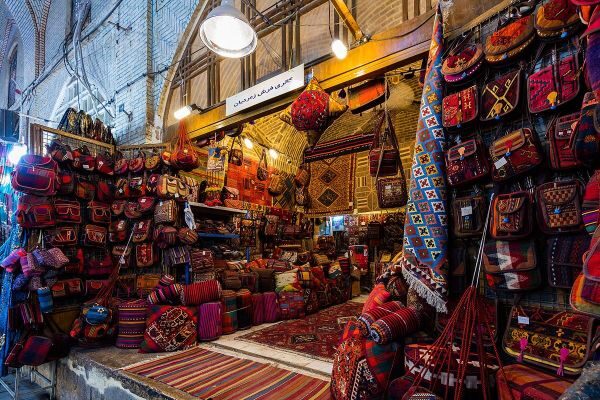
In his book, Forsat-od-Dowleh Shirazi (was a poet, scholar, and artist in Qajar Persia) writes about the position of this market:
The bazaar extends from the vicinity of the “Darvazeh Esfahan” to the entrances of the old bazaars and includes rooms with wide platforms on both sides and 74 vaults and a tall “charsoogh” in which the secondary, western and eastern markets are cut off.
The building materials used are gypsum, brick, and lime, which are placed on the bases of carved boulders. The “charsoogh” roof, which branches off from all four sides of the bazaar, is very tall and is built in a pleasant building style.
The naming of the various sectors of these bazaars is based on the industries in which it was conducted, such as The large market where all kinds of goods were found; “Bazazan” Bazaar, “Bolour Foroushan”(Crystal Sales) Market, Khayat ha(Tailors) Bazaar, Kolahdouzha(Hat Makers) Market, “Sirajha” Bazaar and (Swordsmen’s) Bazaar.
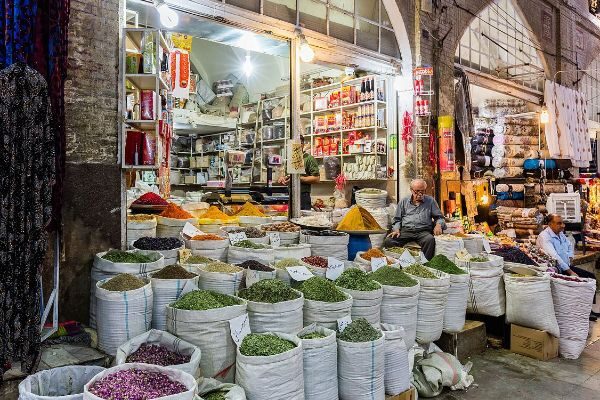
Architecture
Vakil Bazaar has an area of 21,840 square meters. The architecture of this building is taken from Qaisaria Lar Bazaar and like the long bazaar of Isfahan made by Shah Abbas Kabir, but the width of Vakil Bazaar is more than other Bazaars. Also, 74 annular barrel vaults(taq-i-zarbi) of the bazaar with a height of more than 11 bazaars are higher than the arches of other markets, but now, due to the embankment of the bazaar floor, the height of the arches has been reduced to ten meters.
The bazaar has three separate spaces in terms of architecture; Passage (for customers), shop area (about 2 steps above ground level), shop space (sales point). The bazaar has five large doors on all four sides. It also includes two north-south and east-west corridors that intersect like a cross. At the intersection of these two corridors, there is a “charsou” (The intersection of the two main and important corridors of the bazaar) that is located on a porch. This “charsou” has a large annular barrel vault and is bricked at the foot of the arch. There are also quadrangular shops on two floors in the porch.
Shops have been built almost one meter above the ground to prevent moisture. Shops often have storeroom and are designed on two floors.
There were apertures in the roof of the bazaar called “Jamkhaneh” or “Horno” (a kind of skylight), which, while providing light, prevented direct light from entering. These apertures were blocked during the reconstruction.
The high ceiling height of the arch and the groin structure play the role of the air conditioning system, and the simple windbreaks also helped the air conditioning. Today, there are lattices on top of shops that are used for air conditioning and lighting. Adjusting the right temperature is the task of the window above the chambers.
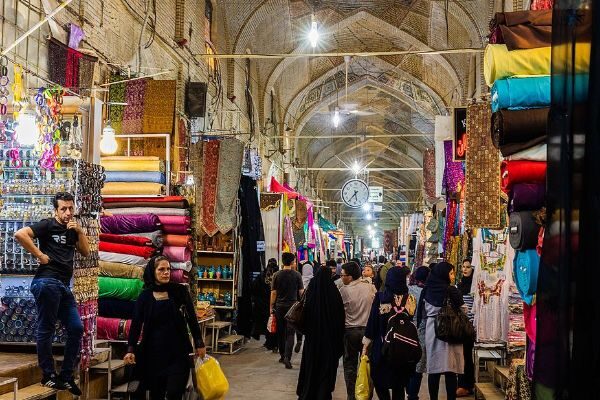
“Raste” s (the main corridors of the bazaar) and Retail markets
To the northeast of the “raste” are several old caravanserais built at the entrance to the bazaar. Each of these caravanserais has several chambers.
The north-south “Raste” is called “Bazazan” Bazaar. The east-west side also has two parts:
1. The eastern part of “charsou”, which is called the “alaghebandan” bazaar. This section has 19 pairs of shops, which is now the center of the carpet, and spicery shops can also be found in this section.
2. The western part of “charsou”, which is called “Tarkesh-e-Dawza” Bazaar, has 10 pairs of shops, which is now the sales center of Iranian carpets.
In the southern part of “charsou”, there is another bazaar, the entrance of which is in front of the head of the Vakil Mosque and is known as the “shamshirgarha” (Swordsmen’s Bazaar). This bazaar also has 11 pairs of shops. The entrance door of Vakil Caravanserai is located in this “Raste”. Today, this caravanserai is known as “saraye Phil” (the Elephant House).
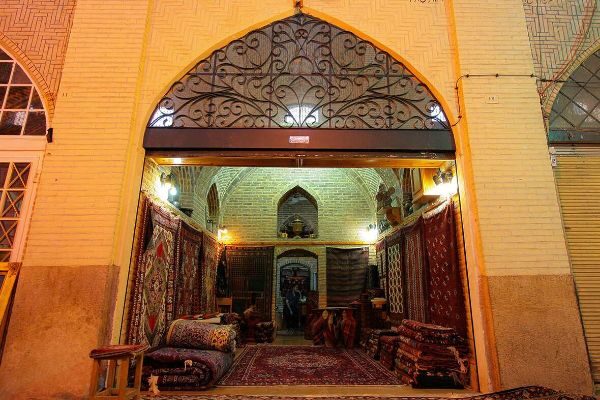
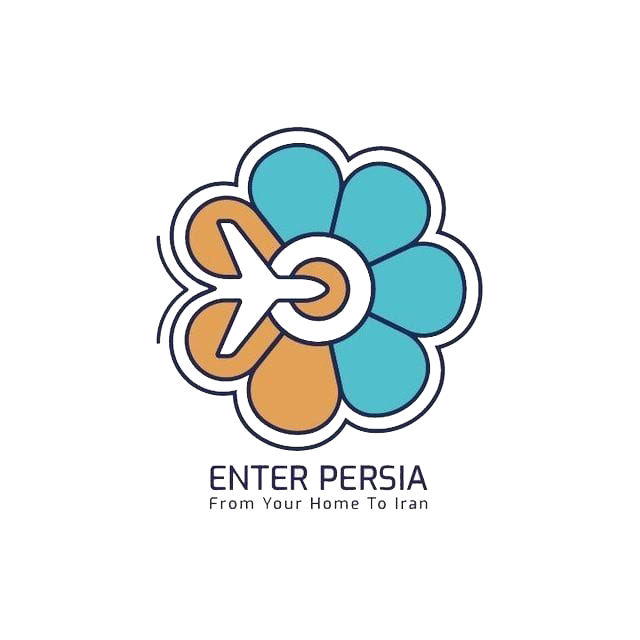

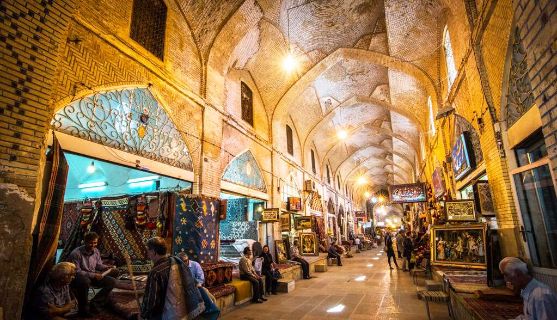
Comment (0)